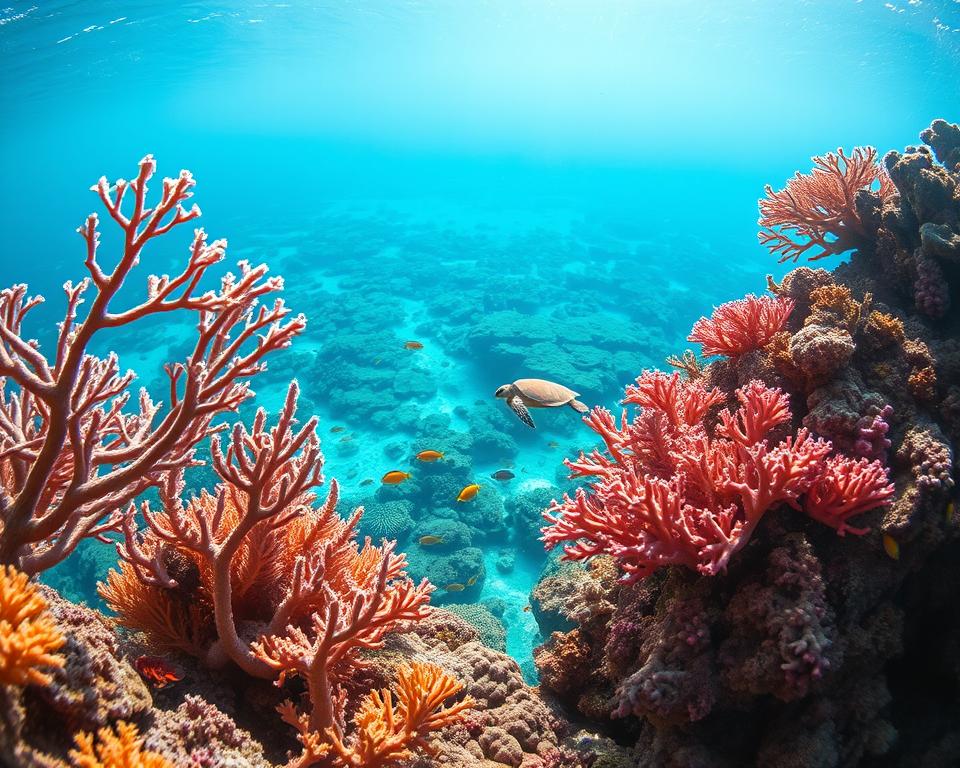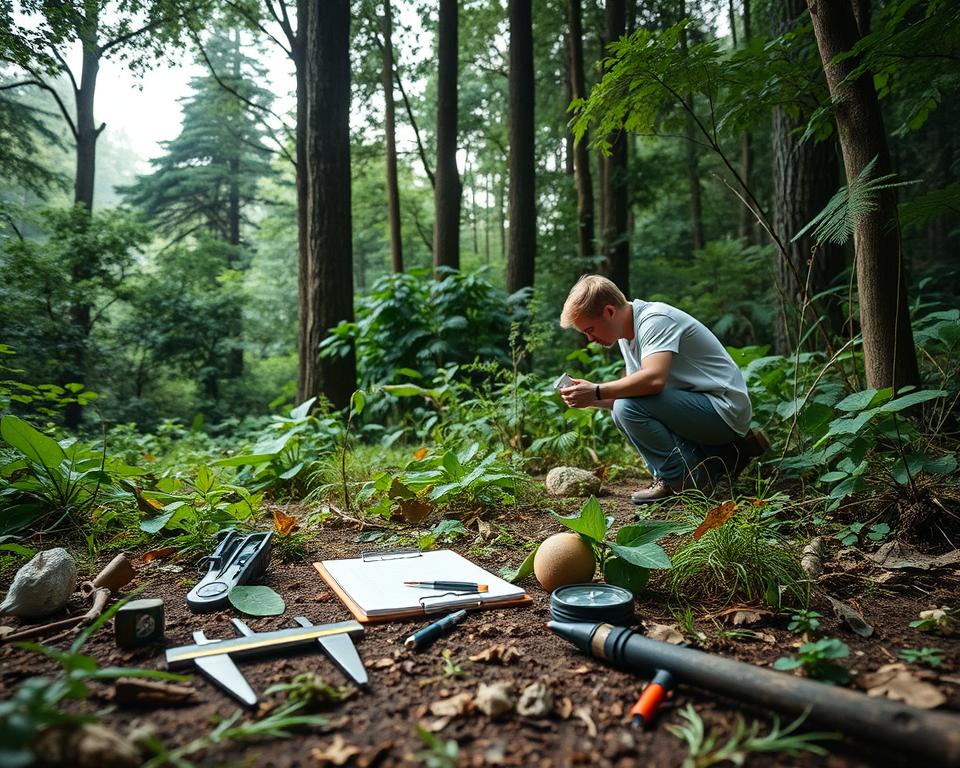Oglasi
nature success stories can show you what worked, where, and why, and help you spot practical patterns to use in your neighborhood, classroom, or organization.
You’ll read examples from around the svijet—from Yellowstone’s wolf return to coral regrowth off Pulau Badi—and see how clear conservation rules, science, and steady monitoring helped restore ecosystems.
How did communities and agencies turn pressure into steady action? You’ll learn how targeted disease control, habitat rebuilding, and community stewardship linked climate goals to local steps that support wildlife and growing species counts.
Read with a curious mind, verify sources, and consider how each example could inspire careful, evidence-based choices you can try locally.
Introduction: Why nature success stories matter to you right now
Concrete examples from real projects help you learn what to try and what to avoid. You use success stories to test ideas before you invest. These cases show how small steps add up to measurable change.
Oglasi
How real-world wins inform your everyday choices
Look at cases for practical details: goals, timelines, permits, and who did the work. Good reports explain how scientists and local communities set measures and track progress.
Remember to validate findings, follow local rules, and adapt methods to your habitat and capacity.
What this list covers and how to use it responsibly
The list highlights projects with clear data, regular reporting, and transparent aims. It also links to big frameworks like the Kunming‑Montreal Global Biodiversity Framework (COP15) and new tools such as airborne eDNA developed in 2022.
Oglasi
- You match methods to local habitat and partners, not copy them outright.
- You set realistic milestones and document lessons for future work.
- You value projects that hire locally and build stewardship in communities.
- You treat each case as a learning tool, validating species and results with peer‑reviewed sources.
“Use evidence from well‑documented projects as a guide—not a guarantee.”
Yellowstone’s wolves and the power of reintroduction
When managers returned wolves to Yellowstone National Park in 1995, they released 14 animals after decades of local decline and removal. You can see this as a long-running reintroduction case that scientists still study.
From imbalance to recovery: elk, willows, and riverbanks
Elk numbers and behavior had kept willows and aspens low, which let some riverbanks erode. After wolves arrived, grazing patterns shifted in many places and vegetation rebounded along streams.
Scientists reported more stable banks, cooler shaded water in spots, and increased sightings of beavers, eagles, foxes, and songbirds where plants recovered. These are measured outcomes, not a single cause-and-effect story.
Practical takeaways for supporting science-led management
Vas can back conservation that follows the data: read park plans, join public meetings, and offer constructive comments on management drafts.
Respect seasonal closures, volunteer for approved monitoring, use wildlife apps for observations, or help with trail maintenance to reduce erosion. These local actions support evidence-based efforts and help managers apply lessons across the wolves’ historic range.
“Use measured outcomes from reintroductions to inform cautious, locally adapted conservation decisions.”
Beavers to bison: rewilding lessons from the UK and the American Prairie
Beaver dams and bison grazing show you how animals can reshape water and grass across wide areas. In the UK, reintroduction of beavers since 2021 in Dorset, Derbyshire, Isle of Wight, Nottinghamshire, Montgomeryshire, and the South Downs created wetlands that boost water retention and vegetation.
Simple coexistence tools help communities balance benefits and infrastructure. Culvert protectors, flow devices, and careful site planning reduce local conflicts and keep beaver work productive.
On the American Prairie, bison efforts since 2012 grew herds through breeding and land management to nearly 5,000 animals. Bison grazing and wallows change patch structure, making habitat used by species like prairie dogs and other wildlife.
- Počnite s malim: pilot a reach or pasture, measure results, then scale.
- Engage early: field days, signage, and hotlines keep neighbors involved.
- Track populations: veterinary screening, fencing plans, and cameras reduce conflicts and document change.
- Measure ecosystem change: vegetation surveys and stream cross-sections show progress over time.
“Pilot, measure, and adapt—local planning and stewardship make rewilding work for people and wildlife.”
Serengeti’s blue wildebeest and landscape balance
Mid‑century viral outbreaks drove blue wildebeest numbers down to roughly 300,000, a marked decline that altered grass cover and fire patterns across key grassland habitat.
Targeted veterinary actions, livestock vaccination rings, and adjusted land management helped the population rebound to more than 1.5 million in less than a year-long span of focused effort.
Disease management that helped populations rebound
The rebound reduced excessive ground fuel and annual wildfires, and managers reported a more balanced ecosystem afterward.
Credit goes to conservationists for coordinated surveillance, vaccination near livestock, and cross‑border policy steps that kept migration routes open.
- Track trends with aerial counts, GPS collars, and fire‑scar maps rather than single-year spikes.
- Factor climate cycles into planning—dry and wet years change forage, disease pressure, and movement.
- Consider carbon impacts cautiously: fewer extreme fires can alter carbon storage depending on rainfall and grazing.
- Support data transparency and veterinary guidance to reduce wildlife‑livestock disease risks.
“Measure trends, share data, and back science-led steps to keep populations and ecosystems resilient.”
Oceans in recovery: coral, manta rays, and whales
Practical marine efforts—from artificial reefs to protected feeding grounds—show how targeted work can help coral and large animals return to key water areas.

Coral restoration in Indonesia: artificial structures and community stewardship
At Pulau Badi, teams used artificial reef structures and transplanted fragments to jump‑start coral restoration.
Local training and steady monitoring helped regrow reef cover and supported nearby fish nurseries.
Protected waters in Komodo: why manta monitoring matters
Komodo National Park has over 1,000 identified giant manta rays using feeding and courtship grounds.
Your photos, shared with approved databases, help scientists track these endangered species and inform protection.
Fin whales returning to old feeding grounds
Near Elephant Island, observers counted up to 150 fin whales feeding — a sign that whales may be reoccupying parts of their former range.
These changes vary by site and season. You should avoid crowding breeding and feeding zones and back local enforcement.
- Support: choose tour operators that follow wildlife‑safe guidelines.
- Participate: share clear ID photos for citizen science.
- Protect: support MPAs and local waste projects to improve water quality.
“Restoration methods must fit site conditions—wave exposure, species mix, and community capacity shape outcomes.”
Wetlands that work: Louisiana’s marshes and Chesapeake Bay
Coastal wetlands show how targeted engineering and local stewardship can rebuild both habitat and community benefits.
Louisiana’s Queen Bess Island: rebuilding nesting habitat
The Queen Bess Island project invested $18.7 million in 2020 to restore 37 acres. By 2021, the work supported more than 6,000 brown pelican nests.
This project paired design with monitoring so you can see measured outcomes for birds and shoreline stability.
Mid-Barataria sediment diversion: reconnecting rivers and deltas
The Mid‑Barataria diversion aims to reconnect the Mississippi to its delta to sustain tens of thousands of wetland acres.
Understand tradeoffs: diversions can shift salinity and require adaptive management, but they rebuild elevation and long-term voda flow that supports marshes and species.
Chesapeake Bay oysters, seagrass, and living shorelines
Bay efforts use recycled shell reefs, seagrass plantings, and living shorelines to reduce erosion and improve fish nurseries.
“Back local restoration that pairs practical design with monitoring and community involvement.”
- You can volunteer for plantings and shoreline days to keep work going.
- Follow no‑wake and prop‑up rules near seagrass beds and report damage.
- Support living shoreline policies and track progress through public dashboards.
Forests in focus: Costa Rica’s regrowth and tropical biodiversity
Restoring tropical forest in Costa Rica combined diverse plantings with steady local work to revive wildlife and water systems.
Tree mixes, wildlife return, and local jobs
Over 500,000 native tree seedlings were placed in degraded lands to rebuild habitat and boost recovery of ecosystems.
Regrowing cover helped soil stabilization and improved water filtration along streams. These gains support pollinators, birds, and mammals over time.
You’ll see jobs in planting, nursery care, monitoring, and ecotourism that keep work going between grant cycles. Local guides also track species and population trends.
- Match species: plant mixes that fit local soils and rainfall to build layered habitat.
- Support communities: favor fair‑wage planting, agroforestry training, and certified products so landowners earn income while keeping cover.
- Monitor wisely: use camera traps and acoustic recorders to track biodiversity and endangered species slowly returning.
Be cautious: climate and carbon benefits vary by site, and you must plan for invasive removal, fire breaks, and seedling care so early gains persist.
“Local stewardship and long-term monitoring turn replanting into lasting restoration.”
nature success stories
Use this quick checklist to turn global examples into local action. You get a short index of cases—Yellowstone wolves, UK beavers, American Prairie bison, Pulau Badi coral, Queen Bess nesting, Komodo manta IDs, fin whales near Elephant Island, and recent rediscoveries of rare species.
Before you act, verify local rules and primary sources. Match site conditions, permits, and partners so your plan fits habitat and community needs.
- Scan for fit: look for cases in the same climate, land use, or regulation regime so models translate to your place.
- Match species and methods: pair species like bison, beavers, and corals with appropriate management, not one-size-fits-all fixes.
- Plan next steps: identify who to call, which permits to check, and which restoration tasks to prioritize.
- Use breeding carefully: consider breeding and head-starting only with expert partners and clear welfare standards.
- Verify and document: check extinction or rediscovery reports against agency updates and track results with standardized monitoring to add value to global datasets.
“Treat examples as practical guides—verify, adapt, and document so your work strengthens broader conservation efforts.”
Policy, rediscoveries, and new tools changing the game
When treaties set targets and tech finds hidden populations, local planning can move faster and smarter.
COP15’s global biodiversity framework and why it matters locally
The Kunming‑Montreal framework aims to protect up to 30% of land and sea by 2030, cut extinction rates dramatically, and boost funding for conservation.
You can link these goals to local areas by tracking how agencies redraw protected zones, revise permits, and award grants.
Rediscoveries that spark action: tortoises, flowers, and birds
Recent rediscoveries—like Fernanda the Galápagos tortoise, Gasteranthus extinctus in Ecuador, and the Santa Marta sabrewing—remind you that rare species may persist unnoticed.
Treat rediscovery as a prompt to secure habitat and fund careful surveys, not proof that extinction risks are gone.
Airborne eDNA: finding elusive species without disturbance
Airborne eDNA, refined in 2022, can detect animal DNA in the air from meters away. It offers a non‑invasive way to confirm presence.
Adopt this tool with ethics: follow data standards, protect sensitive locations, and repeat sampling before making big management decisions.
“Policy and tech are enablers, not guarantees—use them to support careful, community‑led restoration and monitoring.”
- Engage: comment on management plans and budgets so funding reflects local needs.
- Secure: link rediscovery findings to habitat protection and community agreements.
- Adopt carefully: use airborne eDNA under clear protocols and repeat surveys to confirm population trends.
- Align: frame restoration proposals to match 30 by 30 to improve grant eligibility.
Zaključak
Take these case studies as practical prompts you can adapt to your local plans and partners. Apply methods that fit your habitat, regulations, and community goals before you act.
Verify facts through agency pages, peer‑reviewed studies, and project dashboards. Document your own monitoring so others learn from your work and the wider conservation success record.
Plan for steady progress: seasonal schedules, training, and maintenance keep gains alive. Support communities with inclusive volunteer days, local hiring, and partnerships that last.
Consider climate change and biodiversity together. Favor projects that improve habitat structure, boost species monitoring, and advocate for respectful recreation that protects wildlife and birds.
Keep stories accurate and balanced. Celebrate measured wins while staying curious—take short courses, read management plans, and connect with local experts to inform your next steps for the planet and the wider world.



